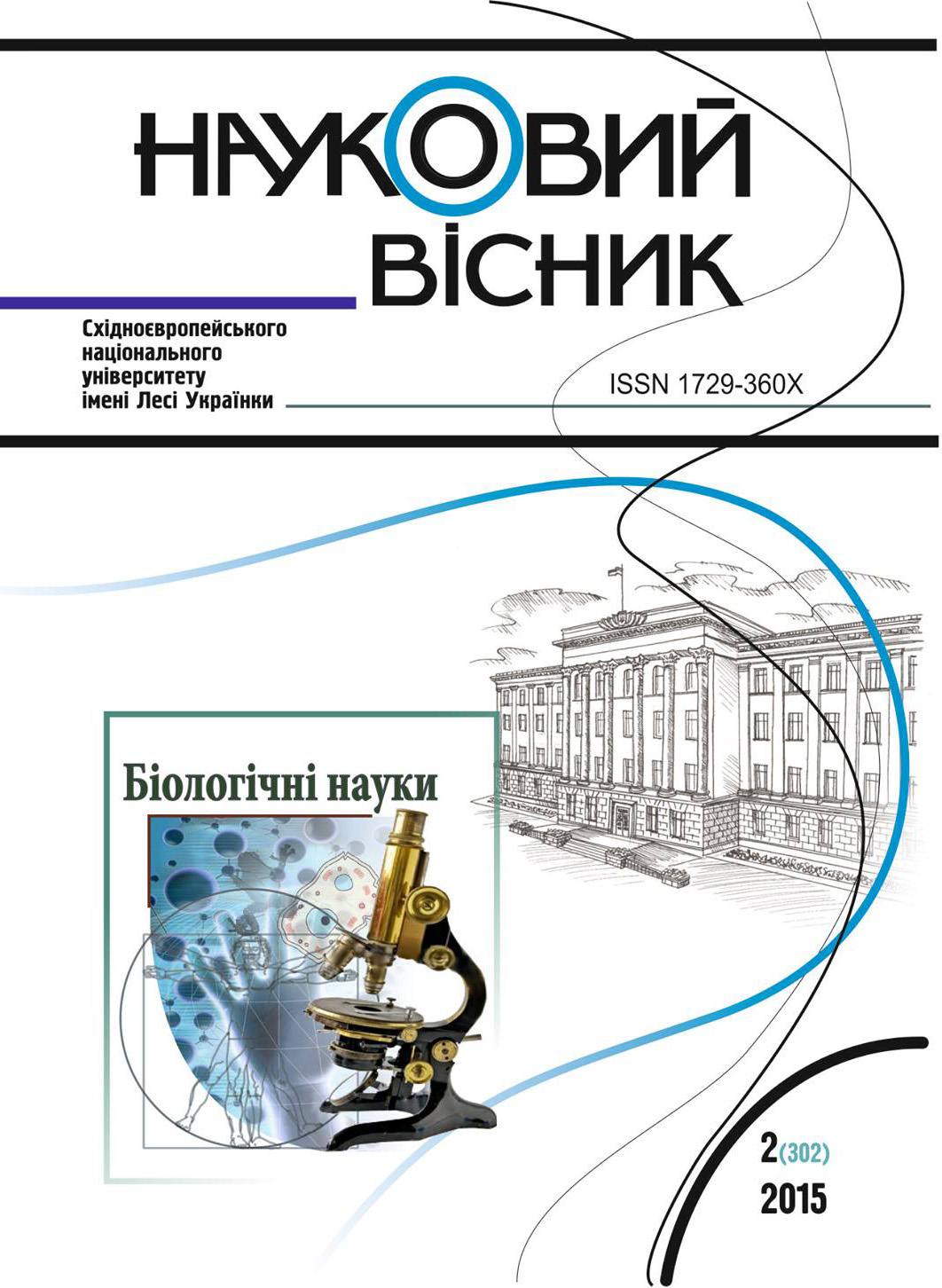Brain Cortex Evoked Activity Sources Features During Stimuli Form and Spatial Position Classification in Groups of Left- and Right-handers
DOI:
https://doi.org/10.29038/2617-4723-2015-302-164-169Keywords:
evoked potentials, right-handers, left-handers, electrical activity source and dipoleAbstract
Our research was aimed at studying evoked activity sources of left- and right-handers, based on ERP ICA-analysis under conditions of adequate perceptive task. 33 males, age 18–20, divided into two groups according to manual asymmetry tests (14 left-handed subjects, 19 right-handed subjects), took part in our study. The experiment consisted of two functional probes, during which the ERPs were registered. During first probe the subjects had to respond to painted figure of specific form among the outlined figures of other forms, regardless of the figure position on the screen. During second probe the subjects had to respond to any painted figure, which was found on the right upper corner of the screen. After getting ERP data, the ICA-analysis was conducted. Artifact and low-significance ICA-components were excluded from further processing. The most typical sources of evoked activity were defined for left- and right-handers.
It was shown, that right-handers have more typical electrical activity sources during first probe, herewith one typical source was registered in right superior temporal gyrus. The left-handers had no such typical source, here with, they had 3 of 4 typical sources localized in limbic system structures. During the second probe, each experimental group had 6 typical sources, which were localized mainly in limbic system structures and occipital cortex regions. One of the typical sources in right-handers was localized in right parietal cortex. This was the specific feature of the right-handers group.
References
2. Данилова Н. Н. Психофизиология : [учеб. для вузов] / Н. Н. Данилова. – М. : Аспект Пресс, 2012. – С. 41.
3. Доброхотова Т. А. Левши / Т. А. Доброхотова, Н. Н. Брагина. – М. : Книга, 1994. – 232 с.
4. Елисеева И. И. Общая теория статистики / И. И. Елисеева. – М. : Финансы и статистика, 2004. – 656 с.
5. Исследование динамики зрительного восприятия с использованием дипольной модели / Е. С. Михайлова, М. А. Куликов, А. В. Славуцкая [и др.] // Оптический журнал. – 2011. – Т. 78, № 12. – С. 34–41.
6. Кожухов С. А. Взаимосвязь динамических характеристик ответов нейронов первичной зрительной коры и кодирования признаков изображения : автореф. дис. … канд. биол. наук : спец. 03.03.01 «Физиология» / Кожух С. А. – М. : [б. и.], 2014 – 28 с.
7. Суворова В. В. Асимметрия зрительного восприятия: психофизиологическое исследование / В. В. Суворова, М. А. Матова, З. Г. Туровская. – М. : Педагогика, 1988. – 182 с.
8. Luck S. An Introduction to the Event-related potential Technique / Steven Luck // Cambridge Mass. : MIT-press, 2005. – Р. 207.
9. Polich J. Cognitive and biological determinants of P300: an integrative review / Polich J., A. Kok // Biol. Psychology. – 1995. – V. 41. – Р. 103–146.
10. Scherg M. Fundamentals of dipole source analysis / M. Scherg. – Basel : Karger. 1990. – p. 40–69.





